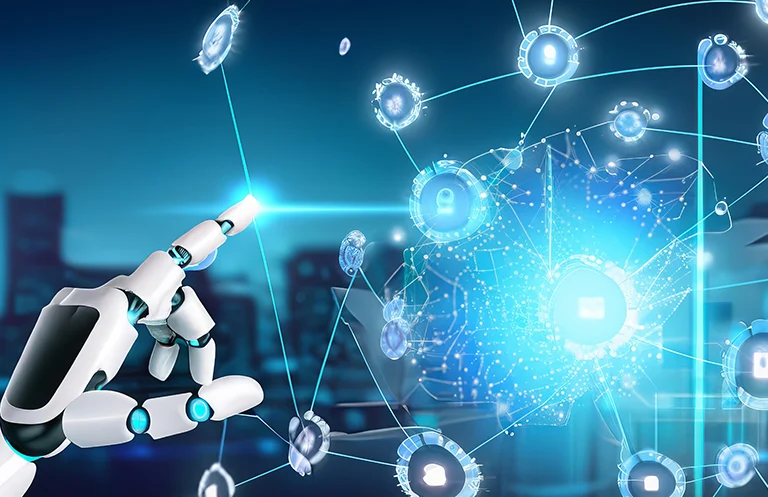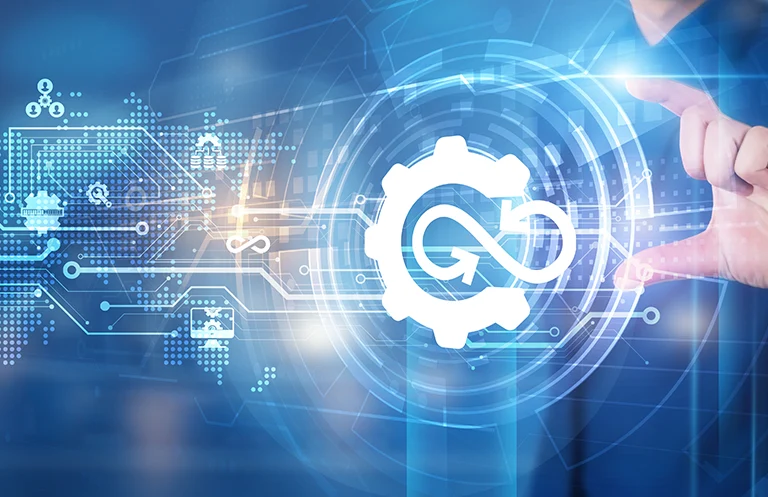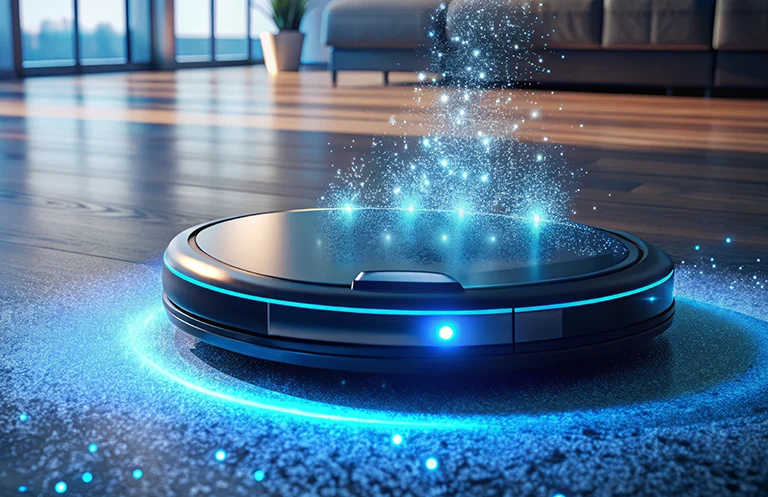



Industry Categories
Technology Categories
Industry Categories
Technology Categories
Industry Categories
Technology Categories
Latest insights, solutions, and technologies that drive Product Engineering market. Stay tuned
Device Engineering
Accelerating your product design & development
Digital Engineering
Powering Digital Solutions from Devices to Cloud
Quality Engineering
Ensuring customer delight through process compliance and product excellence
Silicon Engineering
Spec to Silicon Services





